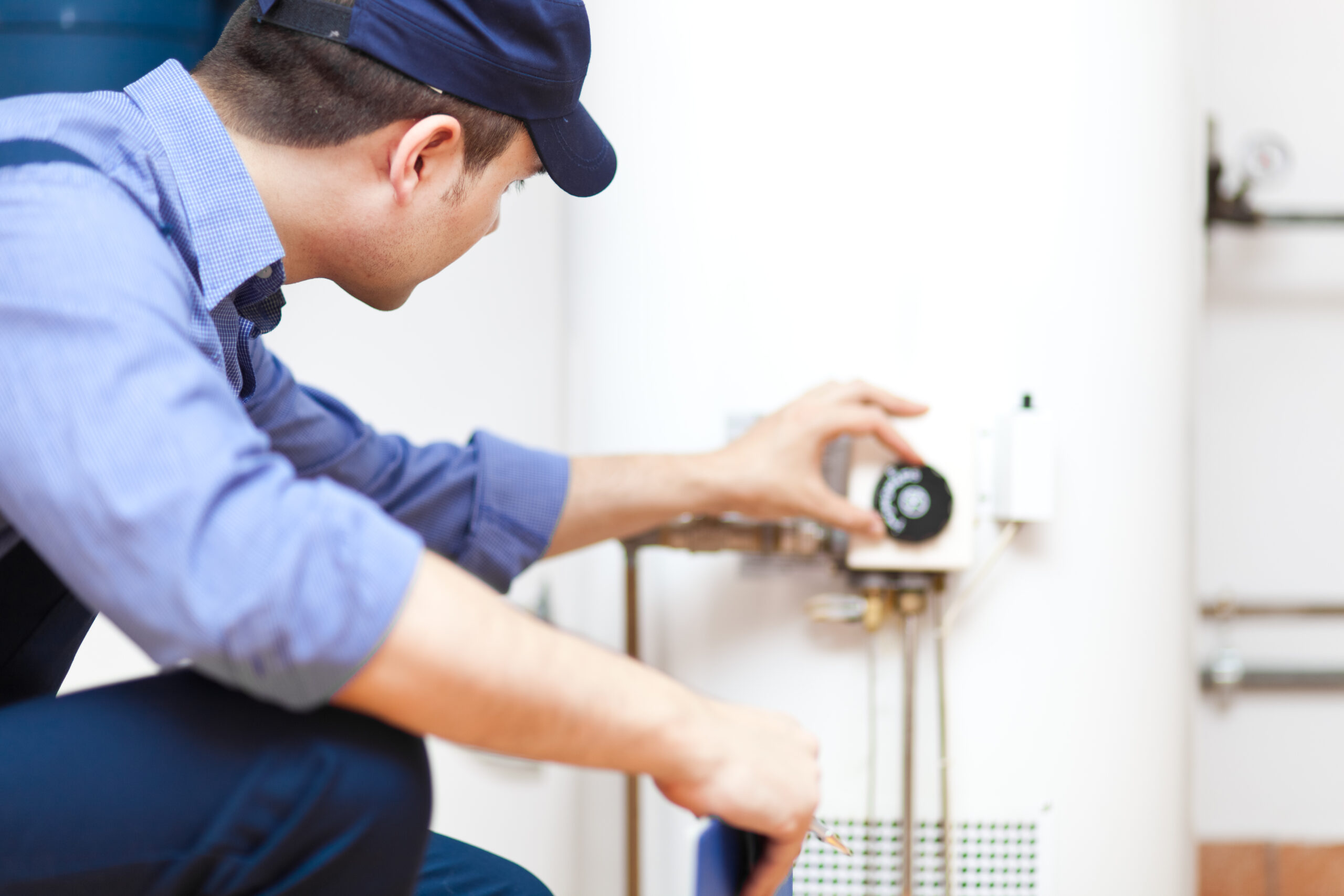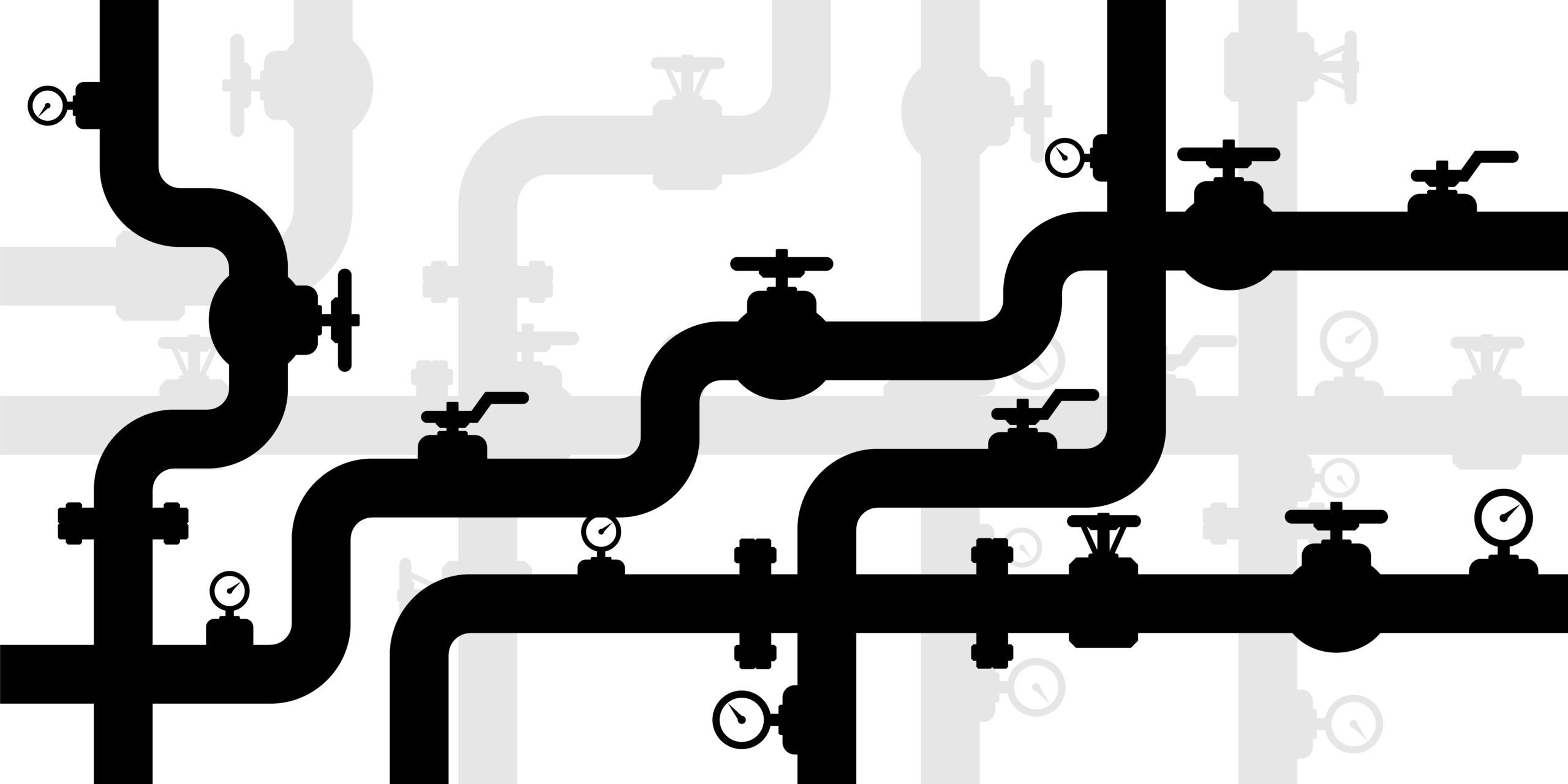Are you team Chiefs or 49ers? No matter who you are cheering for IT…

The mechanics of fluids and heat transmission are the foundation of hot water circulation in homes. Placing a recirculating pump in the right spot ensures that hot water never runs out of the system. This ensures that water remains hot at all times by preventing it from cooling down while it sits in the pipes. By returning the water to the heater, the pump forms a closed-loop system, reducing the amount of heat lost. To maximize energy efficiency, modern systems operate the pump based on temperature sensors or timers. Let’s take a look at 14 hot water circulation systems to get a better understanding of the science behind each option.
1. Recirculating Pump with Dedicated Return Line
The installation of a recirculating pump on the hot water line, together with a dedicated return line, guarantees a continuous supply of hot water. Large homes greatly benefit from this time-tested and reliable technique. Any faucet, no matter how far away from the water heater, can provide users with reliable hot water. Water recirculation in a closed-loop system reduces heat loss in the pipes, which in turn saves energy and makes the system more sustainable.
2. Thermostatic Control Valve
To aid with energy conservation, thermostatic control valves activate the hot water recirculation system only when needed. The valves reduce heat loss in the plumbing system by turning on the recirculation pump in response to changes in temperature instead of a predetermined timetable. This eliminates the need to circulate water until it is necessary, which is especially helpful in larger houses where hot water has a longer distance to travel.
3. On-Demand Hot Water Recirculation Systems
Unlike constantly running systems, on-demand hot water recirculation systems turn on only when hot water is needed. One way on-demand recirculation systems help with water conservation is by reducing water waste. This is because they eliminate the need to run the faucet until the hot water reaches the fixture. Many on-demand systems come with advanced features. Users can easily tailor the recirculation schedule to their everyday habits by using programmable timers or smart controls.
4. Gravity-Fed Hot Water Recirculation Systems
Hot water recirculation systems that are gravity-fed make use of natural convection and thermal expansion to efficiently circulate water. Putting the hot water pipes higher than the cold water pipes creates a self-sustaining loop since the heated water will naturally rise. Less energy usage, lower running costs and a smaller environmental impact are the results of this simple design’s elimination of the need for a pump.
5. Demand-Controlled Recirculation Systems
To maximize the efficiency of hot water circulation, demand-controlled recirculation systems use motion and temperature sensors. If the system detects a temperature decrease or user activity, the recirculation pump will turn on, guaranteeing that the fixtures have instantaneous access to hot water. With this adaptive method, the pump turns on only when necessary, thus cutting down on energy use.
6. Point-of-Use Water Heaters
Point-of-use water heaters do away with the need for pipelines by heating water directly at the fixture. These space-saving appliances heat water on demand in designated areas of a house using either electricity or gas. They improve energy efficiency by cutting down on the heat loss that comes with lengthy pipelines. For houses without a central water heater, point-of-use water heaters are a decentralized and efficient way to provide hot water at each faucet whenever you need it.
7. Manifold Plumbing System
Each fixture in a manifold plumbing system receives its hot water straight from a central distribution point. This layout cuts down on heat loss in the plumbing system by shortening the distance that hot water has to travel. It also guarantees a constant and effective supply of hot water. The scientific basis of the system is its capacity to eliminate the need for lengthy pipelines while still providing hot water on demand at ideal temperatures.
8. Heat Recovery Systems
Hot water circulation systems with heat recovery capabilities collect and repurpose heat from wastewater. Such systems collect the heat energy released by running hot water going down the drain. They then put it to use by heating cold water that is about to enter the system before it even reaches the water heater. This method improves efficiency by reducing the amount of energy needed to heat the water.
9. Hybrid Hot Water Circulation Systems
To distribute water efficiently, hybrid hot water circulation systems combine many characteristics. These systems typically include a recirculating pump, timers and temperature sensors, which are components of several circulation schemes. Their adaptive strategy maximizes energy efficiency by turning on the pump only when needed. Energy savings, water conservation and user-defined settings are some of the advantages of these systems.
10. Timer-Controlled Recirculation Systems
Timer-controlled recirculation systems activate a recirculation pump at certain times according to a predetermined schedule. The goal is to reduce the wait time for hot water, which entails programming the system to circulate water during projected high-demand times. These systems have many benefits, including reducing energy usage during off-peak hours, lowering utility expenses and eliminating needless circulation.
11. Circulation Via Cold Water Line
Cold water line circulation uses cold water pipes to recirculate hot water, reducing heat loss in the process. Using the cold water lines’ thermal qualities, this technology improves energy efficiency and guarantees that hot water is quickly available at fixtures.
12. Trunk-and-Branch Plumbing Systems
Through the strategic placement of pipes, trunk-and-branch plumbing systems maximize the circulation of hot water. The water travels the shortest distance possible thanks to a primary trunk line that carries heated water to smaller branch lines. The science is in making sure that each fixture gets hot water quickly while also minimizing heat loss and generating an efficient flow. In addition to being able to tailor the system to different fixtures, the benefits include energy economy and reliable water temps.
13. Pressure-Balancing Valves
To keep the pressure at the fixture constant, pressure-balancing valves employ a valve mechanism that modifies the balance of hot and cold water. As a result, you won’t have to worry about uncomfortable or dangerous spikes in temperature while other fixtures are running. The advantages of this include a more consistent water temperature, less risk of burns and a more comfortable experience for the user.
14. Dual-Plumbing Systems
By physically dividing the water supply into cold and hot lines, dual-plumbing systems greatly improve the efficiency of hot water circulation. They also do away with the need for lengthy connections. By having two separate plumbing systems, dual-plumbing designs save waste, making them an effective and environmentally responsible option for households.
Now that you understand the science behind 14 different plumbing systems, it’s time to pick which one will work for your home. IT Landes is here to help. We provide a wide range of plumbing and commercial HVAC services, including maintenance memberships and indoor air quality testing. Give us a call now to learn more about the science behind efficient hot water circulation in Harleysville, Lansdale, Skippack, Souderton and Telford, PA.



